Login
Subscribemicrobiology
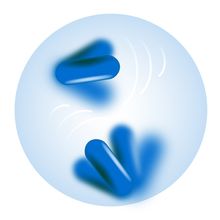
Jiggling Bacteria Reveal Antibiotic Resistance
Ida Emilie Steinmark, PhD | Jul 5, 2023 | 1 min read
Finding an effective antibiotic against an infection can easily take 24 hours. Faster testing could save lives and help doctors avoid broad-spectrum antibiotics, which can foster resistance.
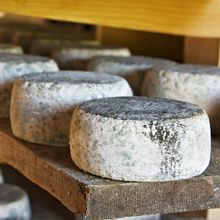
Deleting a Gene Quells a Pesky Cheese-Destroying Fungus
Natalia Mesa, PhD | Jun 30, 2023 | 3 min read
Fungi disrupt microbial communities on cheese by making antibiotics.
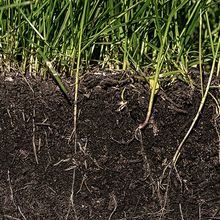
The Scientist Speaks - Rising From the Dead: How Antibiotic Resistance Genes Travel Between Current and Past Bacteria
Nele Haelterman, PhD | 1 min read
Heather Kittredge and Sarah Evans discuss the environmental conditions that facilitate natural transformation in bacteria’s native habitat.
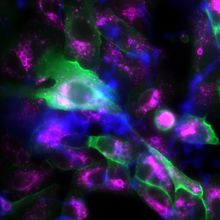
Fungal Spores Hijack a Host Protein to Escape Death
Mariella Bodemeier Loayza Careaga, PhD | Jun 20, 2023 | 3 min read
Uncovering the components used by Aspergillus fumigatus to avoid intracellular destruction broadens our understanding of the mold’s pathogenesis.
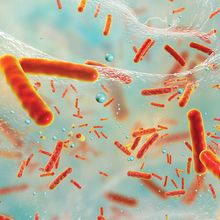
How Bacterial Communities Divvy up Duties
Holly Barker, PhD | Jun 1, 2023 | 10+ min read
Biofilms are home to millions of microbes, but disrupting their interactions could produce more effective antibiotics.
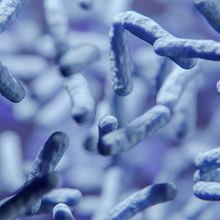
Getting Ahead of the Curve with Microbiological Assays
The Scientist’s Creative Services Team and Tecan | 1 min read
Versatile technology helps scientists streamline microbiology research.

A Not-So-Simple Idea
Niki Spahich, PhD | Jun 1, 2023 | 5 min read
A moonlit drive inspired the theory behind PCR. What did it take to make that wild idea reality?

Infographic: Stages of Biofilm Formation
Holly Barker, PhD | Jun 1, 2023 | 1 min read
Free-swimming bacteria settle on a surface to cooperate and form a protective biofilm.
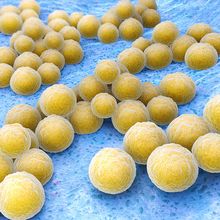
The Scientist Speaks - Virulence Meets Metabolism: The Unique Evolution of Staphylococcus aureus
Niki Spahich, PhD | 1 min read
Anthony Richardson discusses what makes Staph especially dangerous for people with diabetes.
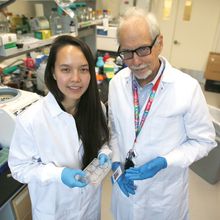
Self Sufficient Cells?
Katherine Irving | Jun 1, 2023 | 4 min read
Animal cells cannot produce 9 of the 20 amino acids they need to function. Some researchers are looking to change that.

Garbage to Guts: The Slow-Churn of
Plastic Waste
Iris Kulbatski, PhD | Jun 1, 2023 | 4 min read
The winding trail of environmental microplastics leads researchers to the human digestive ecosystem.

The Scientist Speaks - To Conserve and Protect: The Quest for Universal Vaccines
Niki Spahich, PhD | 1 min read
Patrick Wilson discusses the challenges in designing universal vaccines and his work developing one for influenza.
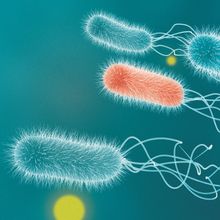
Cooperation and Cheating
Mariella Bodemeier Loayza Careaga, PhD | Jun 1, 2023 | 6 min read
Bacteria cooperate to benefit the collective, but cheaters can rig the system. How is the balance maintained?
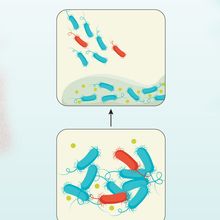
Infographic: Curbing the Cheaters
Mariella Bodemeier Loayza Careaga, PhD | Jun 1, 2023 | 1 min read
From spatial structuring to policing, cooperative bacteria have a wide toolkit to contain the spread of cheaters.
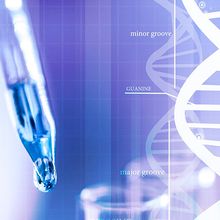
Viral Nucleic Acid Purification in a Single Spin
The Scientist’s Creative Services Team and MilliporeSigma | 3 min read
A simple nucleic acid extraction approach quickly purifies genomic viral RNA and DNA while minimizing cross-contamination risks.
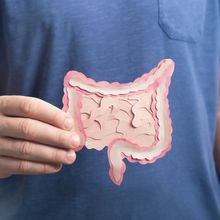
Gut Bacteria Contribute to Anorexia
Kamal Nahas, PhD | May 1, 2023 | 3 min read
Microbiomes transplanted from women with anorexia nervosa into mice enhanced symptoms of the eating disorder, such as rapid weight loss and reduced appetite.
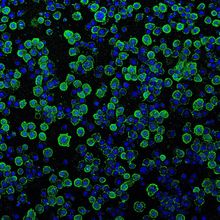
Engineered Bacterial “Syringes” Can Deliver Drugs Into Human Cells
Rohini Subrahmanyam, PhD | Apr 20, 2023 | 4 min read
Researchers repurpose tiny bacterial injection systems to specifically inject a wide variety of proteins into human cells and living mice.
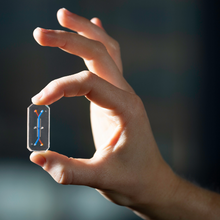
The Scientist Speaks - Preventing the Next Pandemic With Organ Chips
Nele Haelterman, PhD | 1 min read
Don Ingber discusses how organ-on-a-chip technology helps identify, study, and combat viral variants that could cause the next pandemic.
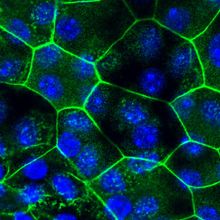
Bladder ‘Memory’ Influences Urinary Tract Infection Recurrence in Mice
Alejandra Manjarrez, PhD | Apr 12, 2023 | 3 min read
Urinary tract infections leave permanent epigenetic marks in the mouse bladder epithelium, reprogramming its response to subsequent infections, a study finds.

“Cryptic Transcription”: How Aging Cells Express Fragments of Genes
Kamal Nahas, PhD | Apr 6, 2023 | 4 min read
Aging cells with weakened gene regulation spuriously transcribe RNAs, but their impact on health and longevity still needs to be examined.